The Guangdong-Hong Kong-Macao Greater Bay Area (GBA) is one of the largest port areas in the world. As one of the core cities in the GBA, Macao is taking a step further towards sustainable development by increasing its efforts to protect the marine ecosystem and optimise the use of marine resources. At the University of Macau (UM), researchers are working with various institutions in the field of regional oceanology, focusing on offshore civil engineering, the marine environment and ocean ecology, as well as marine disaster prevention and control.
Increased Investment in Regional Oceanology
In 2015, the State Council demarcated a maritime space of 85 square kilometres under the control of the Macao Special Administrative Region, bringing new opportunities for maritime activities and marine research in Macao. In view of this, the university has made regional oceanology an important part of its ‘3+3+3+3’ strategic research blueprint. Researchers are working on cutting‑edge topics to help the government address challenges in the use of the ocean, marine disaster prevention and control, and marine environmental protection.
In August 2021, with the support of the Macao Marine and Water Bureau, 23 researchers from UM, Hong Kong University of Science and Technology’s (HKUST) Centre for Ocean Research in Hong Kong and Macau, and Xiamen University launched their first summer marine research expedition to the Greater Bay Area. At the launch ceremony, UM Rector Yonghua Song said: ‘We hope to help the Macao SAR government address the challenges in the use of the ocean, in the prevention and control of marine disasters, and in the protection of the marine environment. So we have identified regional oceanology as a key research area. We train young researchers and focus on emerging topics with an interdisciplinary approach.’
Offshore Civil Engineering
Macao is a coastal city. There have been many major marine projects in recent years and there will be more in the coming decades. These include the construction of sea bridges and underwater tunnels, as well as land reclamation. These major infrastructure projects must be well managed and maintained in order to ensure safety, extend their service life, and provide a real impetus to economic and social development. Prof Hannah Zhou Wanhuan, head of the Department of Civil and Environmental Engineering and interim head of the Centre for Regional Oceans, says she and her colleagues plan to focus on systematic monitoring, life cycle assessment, and smart maintenance of coastal buildings and sea-crossing clusters, and to develop smart monitoring systems and professional simulation analyses to address a variety of disaster-causing factors, such as major natural hazards like typhoons, durability of marine structures, and settlement of reclaimed land. Their work aims to provide life cycle risk assessment and maintenance decisions for the safety of major infrastructure projects and civil engineering works in service.
As all of the above-mentioned projects affect water quality, marine ecosystems, and marine biodiversity, the university is also working with government departments and companies to evaluate the actual effectiveness of marine projects and to promote research synergies in the fields of offshore environmental ecology, urban natural disaster prevention and control, and ocean engineering.
Marine Environment and Ecology
The university is also conducting research on atmospheric pollutant detection, experimentation, and modelling, such as real-time online monitoring of atmospheric pollutants, laboratory simulations of atmospheric physical and chemical processes, development of an adaptive air quality prediction model and an all-in-one air quality modelling system, as well as research on water quality monitoring, sewage treatment, and water resources. Associate Professor Li Yongjie of the Department of Civil and Environmental Engineering says: ‘Macao is located in the west of the Greater Bay Area, and we are studying the emission and transformation of pollutants in the atmosphere, water bodies, and other ecosystems, as well as observing the migration and transformation of pollutants in Macao due to the influence of maritime air masses. In recent years, we have also been working with organisations across the Greater Bay Area to obtain more accurate data on air pollution and water quality in order to identify the root causes of major environmental problems and provide recommendations to address them. To make a real difference to the environment and ecology, Macao cannot do it alone; it must work in partnership with all parties.’
Air flow and air quality in Macao and other coastal areas are heavily influenced by the sea. ‘We can introduce new monitoring stations and instruments to more effectively detect the chemical constituents of air pollutants such as fine particles and volatile organic compounds,’ says Prof Li. ‘Our team has used oxidation flow reactors to simulate the main precursors and reaction conditions for secondary pollutants such as ozone and secondary particulate matter during the atmospheric oxidation processes.’ He adds: ‘We can feed different precursors into the reactor and observe the changes in the air after the oxidation of harmful and non-harmful substances, and then develop solutions to improve air quality. We are also working with the Environmental Protection Bureau and the Meteorological and Geophysical Bureau to analyse the state of air pollution in Macao over the years and how it has changed before and after the implementation of some control measures. We will also set up a monitoring station on the UM campus to study the chemical constituents of air pollutants in Macao and their transformation mechanism, using both real-time and offline analysis, in order to make recommendations for improvement measures.’
Water quality has a direct impact on our daily lives. Prof Li explains: ‘The salinity of Macao’s coastal sewage is relatively high, so our colleagues are also studying how to effectively treat high-salinity wastewater, including how to recover resources for fertiliser and other useful substances from the sludge produced during the wastewater treatment process. We also monitor water quality on a regular basis. Macao’s water mostly comes from Zhuhai, and we will also work with neighbouring research institutes to monitor the changes in water quality in the region to ensure that Macao’s water meets drinking water standards.’
Marine Disaster Prevention and Control
Typhoons and rainstorms in Macao and neighbouring regions often result in loss of life and property. So it is important to predict natural disasters and their drivers more effectively, and to develop prevention and control measures. Assistant Professor Gao Liang of the Department of Civil and Environmental Engineering has studied this issue for many years. She says that she and other researchers have developed numerical models to simulate the processes of these disasters, as Macao has been increasingly affected by extreme weather in recent years, with a significant increase in the number of storm surges and flood heights. ‘We have been able to simulate estuary-scale storm surges and astronomical tides, and we can calculate storm surge and tide level changes for each typhoon,’ she says. ‘The model can simultaneously calculate the hydrodynamic processes in the drainage systems and display them in 3D to anticipate possible disaster scenarios and take targeted measures.’
Prof Gao adds that the drainage system in the Macao Peninsula is relatively old and sometimes becomes clogged, so they are also looking into improving the efficiency of the drainage system. ‘Based on the findings of our study, we will recommend the construction of additional pumping stations or more efficient rising mains and underground storage tanks for faster drainage of storm water,’ says Prof Gao. ‘We will also draw on the experience of other cities in storm water management and propose a number of measures, such as upgrading the design standards for sea walls and breakwaters to minimise flood damage.’
While Prof Gao admits that building facilities is a key part of disaster prevention and control, she believes raising public awareness about disaster prevention is equally important. She says, ‘In recent years, there has been an increase in public awareness of the importance of disaster prevention in Macao, and the government has launched a colour-coded storm surge warning system, which uses red, yellow, and black to indicate different levels of storm surges. It has also publicised actions to be taken when each level of warning is in effect. We will also study the early warning systems and mechanisms of our neighbouring regions so that we could propose suggestions to the government.’
To advance marine research and support the sustainable development of Macao, UM has signed scientific research agreements with institutions at home and abroad, including the Pilot National Laboratory for Marine Science and Technology (Qingdao), the University of Algarve in Portugal, Sun Yat-sen University, the State Key Laboratory of Marine Pollution (City University of Hong Kong), the State Key Laboratory of Coastal and Offshore Engineering, the State Key Laboratory of Pollution Control and Resource Reuse, Southern Marine Science and Engineering Guangdong Laboratory (Zhuhai), Pearl River Water Resources Research Institute, Hong Kong-Zhuhai-Macao Bridge Authority, Macao Water Supply Company Ltd, and SUEZ (Asia) Limited. In 2020, the university established a joint laboratory of marine environment and ocean engineering with the Institute of Oceanology under the Chinese Academy of Sciences, the first national institution dedicated to marine science in China.
Source: UMagazine Issue 24
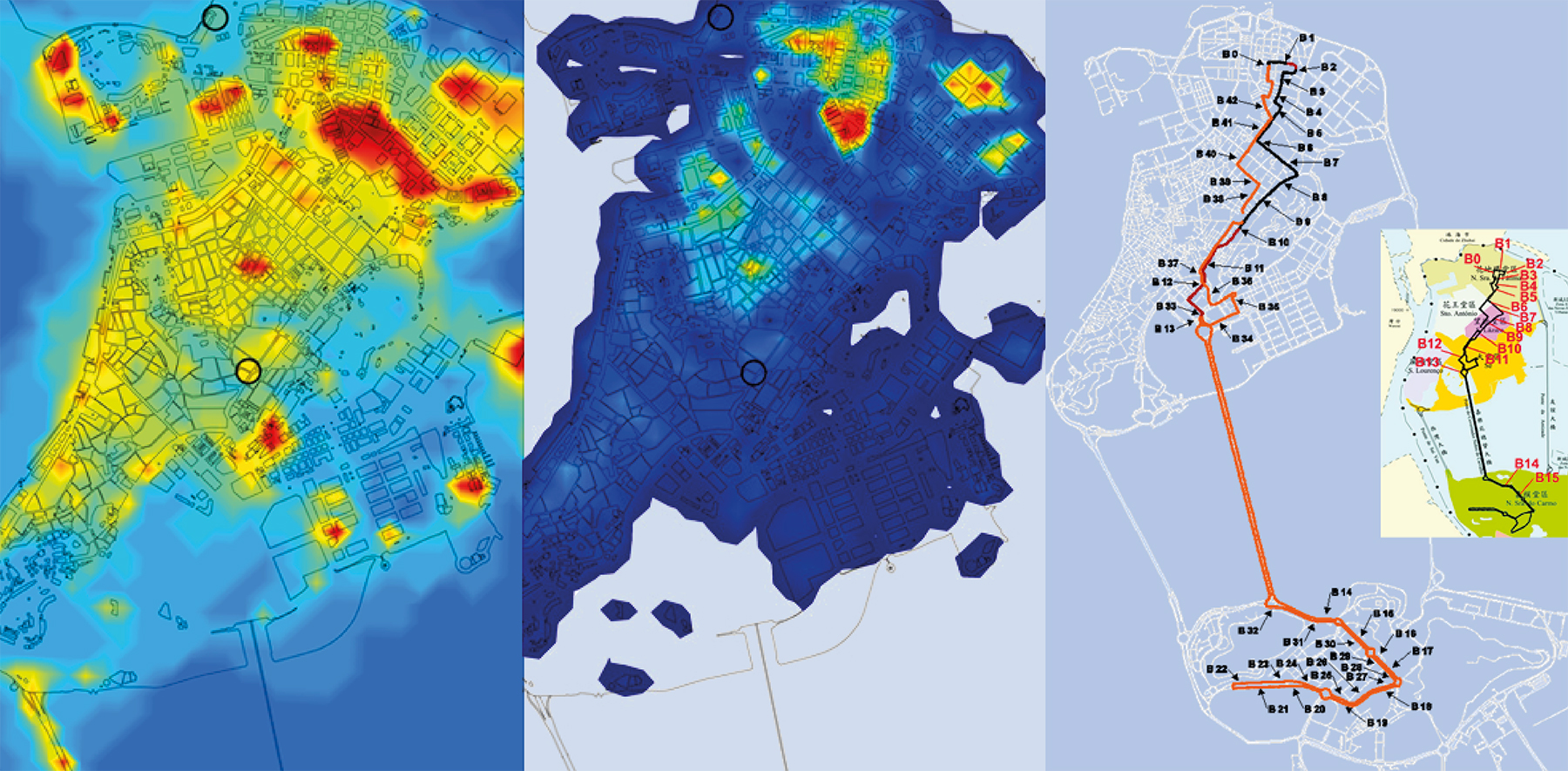
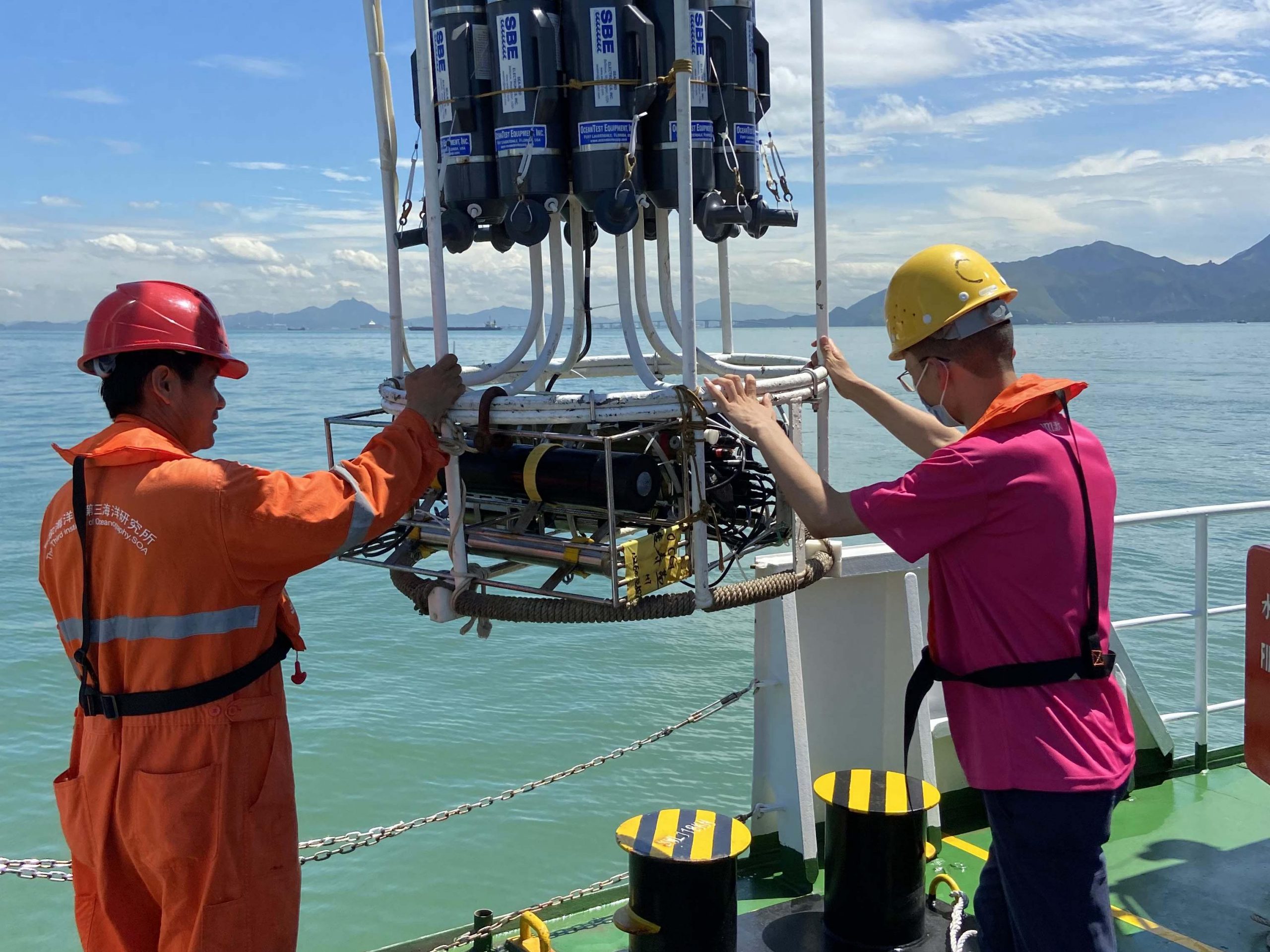
The Guangdong-Hong Kong-Macao Greater Bay Area summer marine research expedition team uses specialised equipment to collect water quality data and water samples
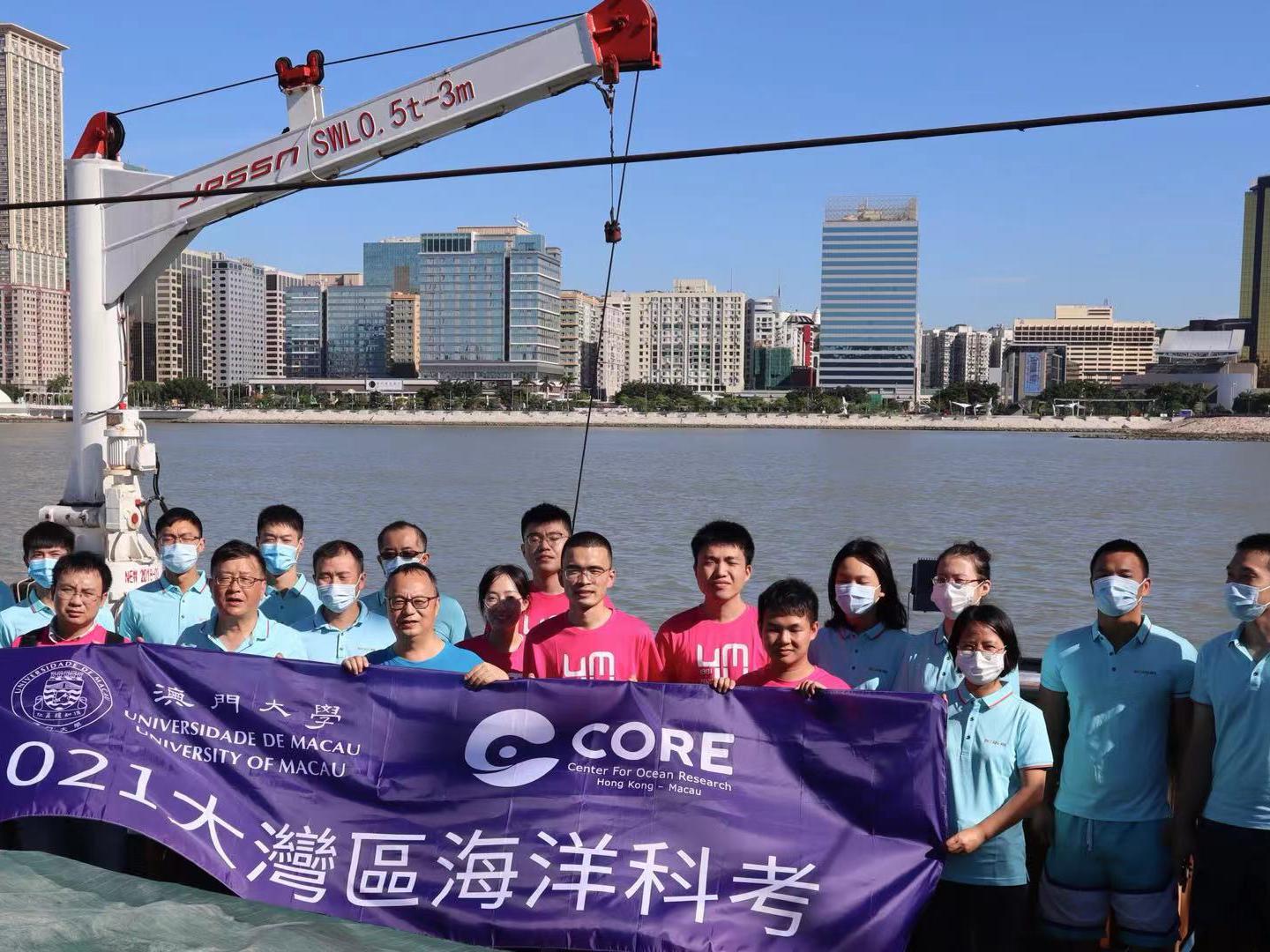
In August 2021, researchers launch their first summer marine research expedition to the Guangdong-Hong Kong-Macao Greater Bay Area.
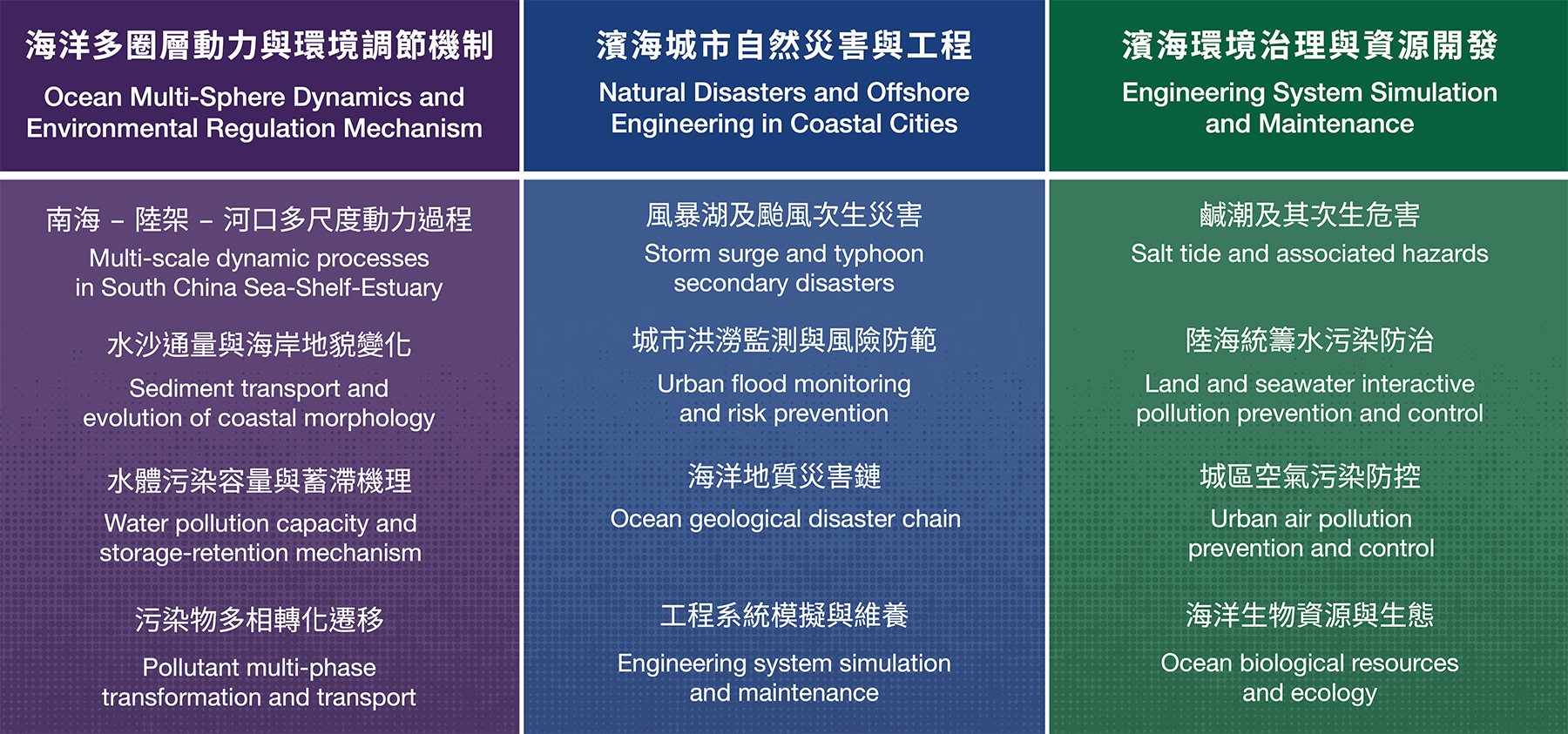
The research framework of the Centre for Regional Oceans Prof Zhou Wanhuan (right)
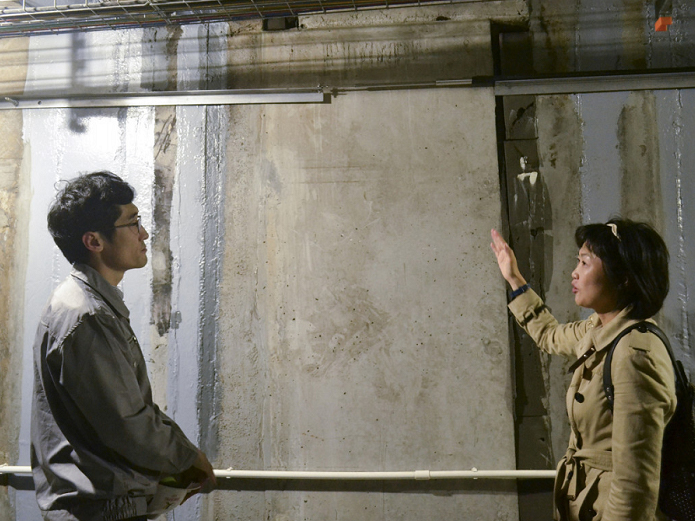
Prof Zhou Wanhuan (right)
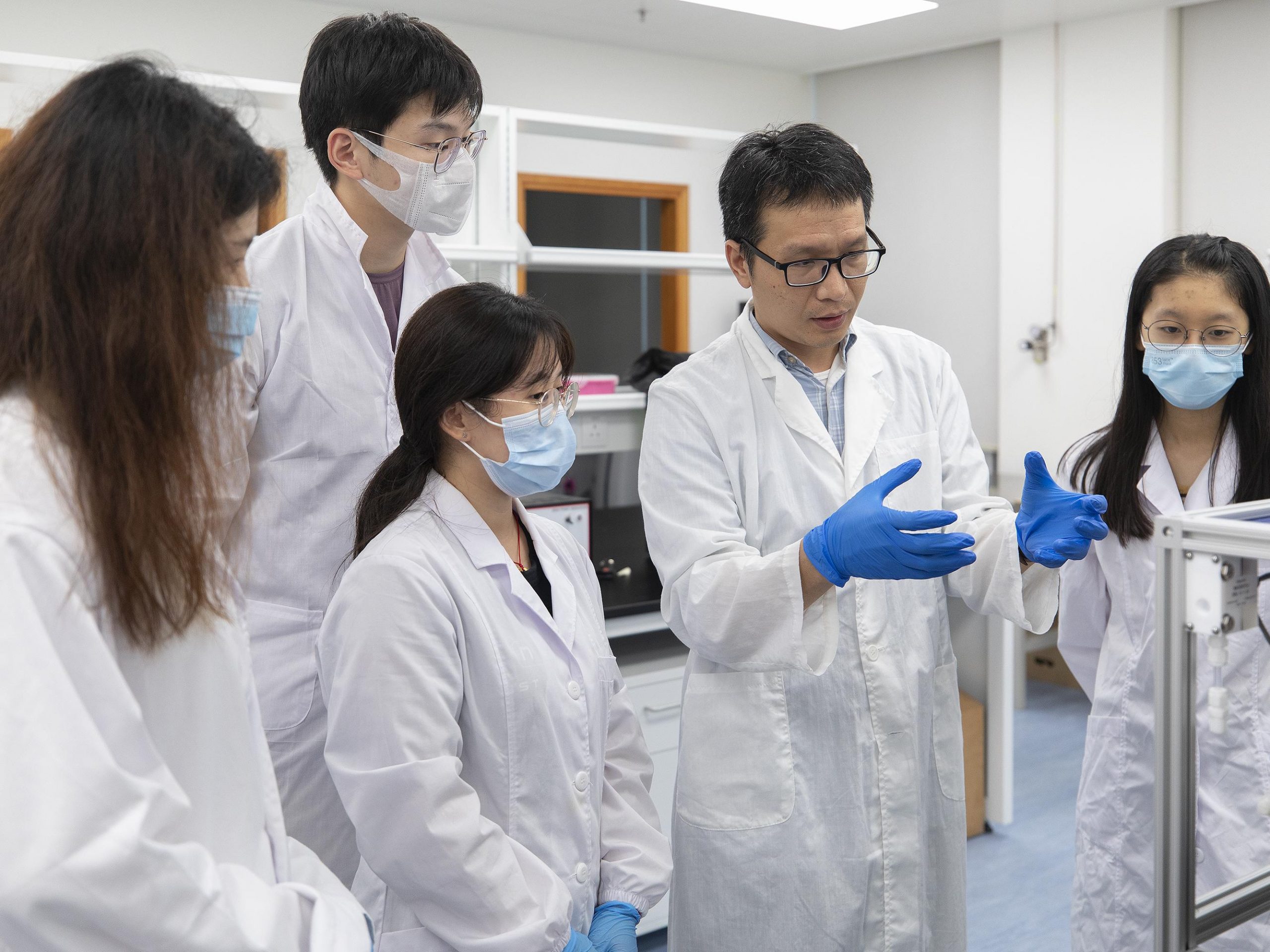
Prof Li Yongjie (2nd from right)
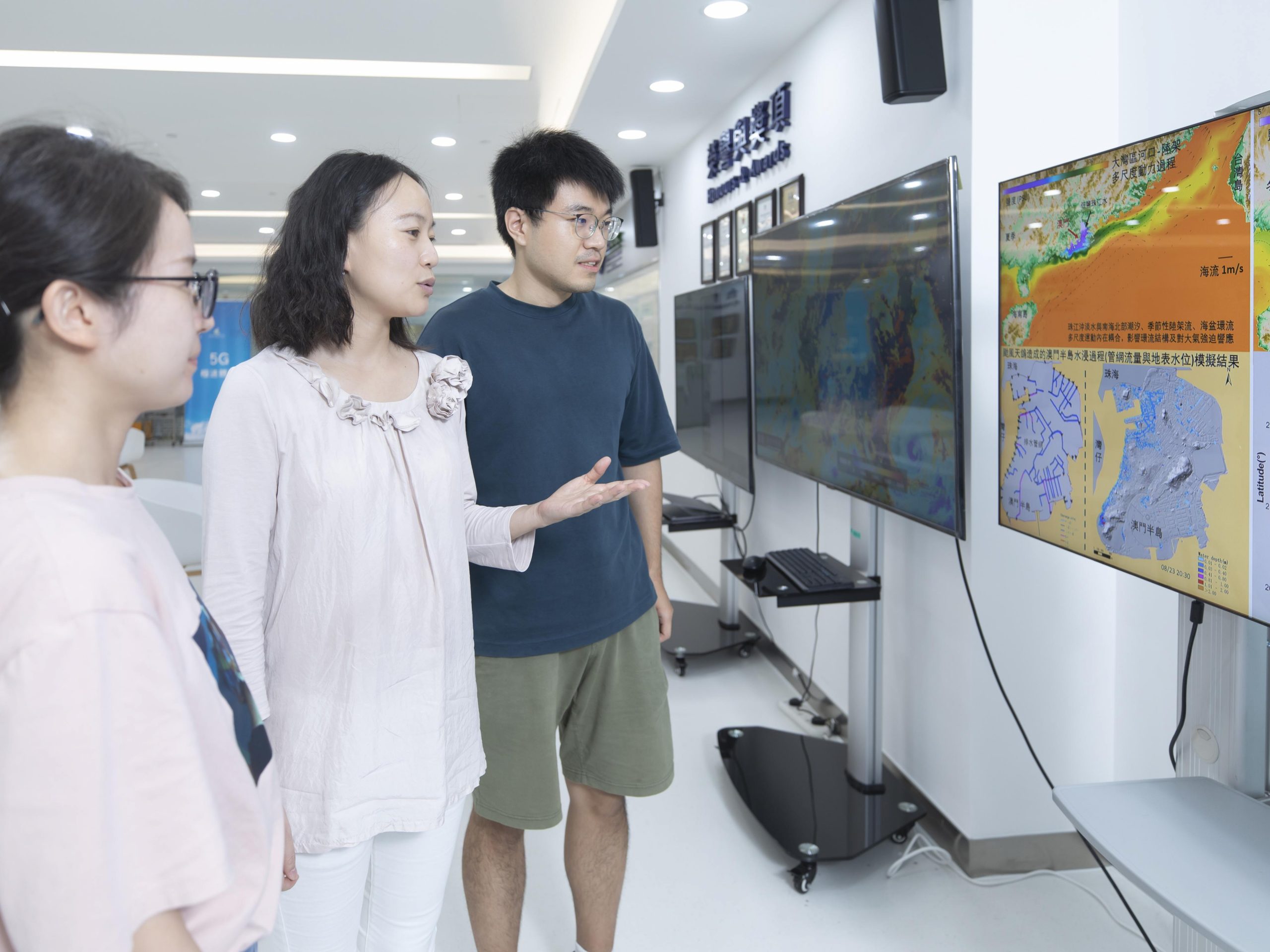
Prof Gao Liang (middle)
